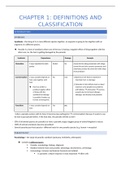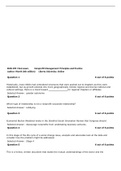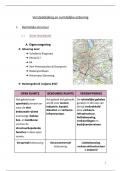Samenvatting
Summary CHAPTER 1 - definitions and classification
- Instelling
- Universiteit Antwerpen (UA)
The document consists of chapter 1: definitions and classification of the course Human parasites, micro-organisms and zoonoses of the master in biomedical sciences: tropical and infectious diseases given by prof. Guy Caljon. All information and important notes that were given during the classes wer...
[Meer zien]






